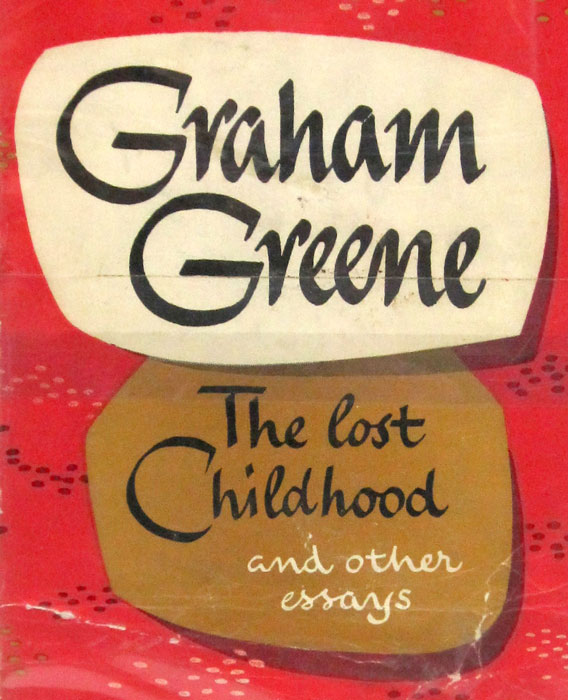The Lion, the Witch, and the Wardrobe
Author/Editor: C.S. Lewis
 The Lion, the Witch and the Wardrobe was the first of the Narnia chronicles by C.S. Lewis, a set of tales that introduced many of us to fantasy literature. The books were controversial initially—a fantasty story at a time when it was considered entirely possible that fantasy would render children incapable of dealing with the real world. Happily, that seems to have been incorrect.
The Lion, the Witch and the Wardrobe was the first of the Narnia chronicles by C.S. Lewis, a set of tales that introduced many of us to fantasy literature. The books were controversial initially—a fantasty story at a time when it was considered entirely possible that fantasy would render children incapable of dealing with the real world. Happily, that seems to have been incorrect.
Certainly, the books are products of their time and cultural milieu. For some, that is an insurmountable barrier; for others, it’s an opportunity to write new works. Neil Gaiman’s short story, “The Problem of Susan,” for example, engages the question what it means to be an adult woman, and how that fits or doesn’t fit into the ideology of Narnia. It’s also been suggested that some of Phillip Pullman’s work has been a reaction to Lewis’s Christian ideology.
Despite its issues, many of us have, at some point in our childhood, peered into a wardrobe or its nearest analogue to see whether the back might lead into a forest this time…


 Catholic upbringing and explored moral and social issues. The author of more than fifty books during a sixty-year career, Graham Greene (1904–1991) unquestionably ranks among the twentieth century’s great writers. His novels alone have sold more than 20 million copies and have been translated into nearly thirty languages.
Catholic upbringing and explored moral and social issues. The author of more than fifty books during a sixty-year career, Graham Greene (1904–1991) unquestionably ranks among the twentieth century’s great writers. His novels alone have sold more than 20 million copies and have been translated into nearly thirty languages.




















